Opinion: Act before it's too late
 -File Photo
-File PhotoWhen last month a mysterious smog engulfed the plains of Punjab on both sides of the Pak-India border, all the way down to New Delhi, and people complained of eye irritation and respiratory problems no one seemed to know what the cause might be.
Experts later explained that high levels of air pollution and delayed onset of winter (due to changing weather patterns) had converged to trap pollutants in the lower atmosphere.
What exactly were the pollution levels no one seemed to know because the relevant department, the Environmental Protection Agency (EPA), didn't have much information to offer. A newspaper report quoting people familiar with the background said the EPA had not bothered either to make its own labs functional or renew collaborative licenses with private labs, with the result that the levels of pollution and its sources could not be determined to formulate a proper response. That got the EPA active and claim its equipment was in perfect working order and regularly taking readings. In that case it should have been regularly putting the findings on its website for all interested to see. The three-day readings for November 2-4 the EPA, made available amid growing public concern, showed concentration of toxic substances many, many times higher than safe limits.
One of the immediate sources of pollution identified both in Lahore and Delhi was the burning of rice crop stubble by farmers. That though is only one and seasonal issue, which can be easily controlled. The farmers need to be advised to use the traditional method of ploughing out crop remnants instead of burning them. The more serious problem is industrial and vehicular pollution. The export-oriented industries, under buyers' conditions, do follow the international pollution control standards. But those catering to the local market flout all rules with impunity. In fact, during smog it transpired that to deal with energy shortages some commercial concerns had taken to burning used tyres as fuel. Emissions from tyre burning, say experts, contain various carcinogens and cause cancer and a wide range of other health problems, including irritation of skin and eyes (a common public experience during the smog) and affect respiratory and nervous systems as well as mucous membranes.
The government ordered a ban on the activity, but it is not known if any follow-up action was taken to protect the people from this health hazard on a permanent basis. Chief Minister Shahbaz Sharif also set up a committee to determine the sources of smog and suggest both short- and long-term measures to counter the menace. So far, the emphasis has been on school closures to protect children from noxious haze and issuance of advisories by the health and traffic departments, and of course clearance of rice fields. It remains to be seen if any medium and longer term measures are in the works.
A significant source of vehicular pollution is the low quality of fuel. It is worth noting that last July no less a person than Petroleum Minister Shahid Khaqan Abbasi publically stated that local refineries had not upgraded their diesel refining plants to international standards. Later, he told a meeting of the Economic Co-ordination Committee that the standard of petrol used in Pakistan is of very low quality; other than Pakistan the only country using this quality gasoline is Somalia. And that the refineries needed to switch over from RON 87(Research Octane Number) to the higher grade RON 92 premium motor gasoline, which not only will improve engine performance but also lower hazardous emissions. That though has not been happening. Owners of refineries remain unwilling to invest in modern technology required to produce RON 92 and the government continues to show reluctance to force them to do the needful.
The governmental tendency to cope with all problems big and small is to manage them on an ad hoc basis rather than to think and plan for the future. Although coal-fired power plants are known to be the key cause of global warming and the world-wide trend is towards greener technologies, this government is building new coal-fired plants - one in the heart of a population centre in Sahiwal. Projects that catch the fancy of the prime minister or Punjab chief ministers are implemented without a care for environmental impact.
Trees are known to be the best bet against greenhouse gas emissions. But our already sparse forest cover is decreasing rather than increasing. Illegal logging goes on unchecked. If that is not bad enough, forestlands can be taken over for whatever purposes. A case in point is Karachi's mangrove forests a part of which has been destroyed to pave the way for industrial projects. In Lahore too, trees are being mercilessly uprooted for needless widening of roads and construction of high profile transportation projects that are to cater only to a small segment of the city's population.
Sad as it is, our ruling elites continue to ignore the stark reality that Pakistan is among the countries most vulnerable to climate change. Environmental scientists have long been warning of an impending melting of the Himalayan glaciers, leading to alternating cycles of floods and droughts to cause major disruptions in this country's agrarian economy and the living styles of its people. Already the process has started to unfold with recurring floods and fewer rains. The smog in Punjab's plains is a warning of what uncontrolled pollution and the changing weather patterns hold for all of Pakistan.
What this government thinks of environmental challenges is plain from the fact that it has not bothered even to appoint a full-time climate change minister. The law minister holds that portfolio as an additional charge. One can only hope our policy makers, both at the Centre and in the provinces, will open their eyes to the looming threat and adopt well thought-out sustainable strategies to mitigate the effects of climate change before it is too late.



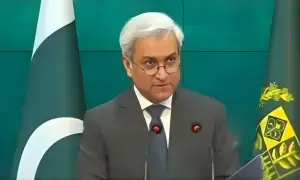

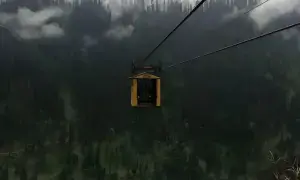

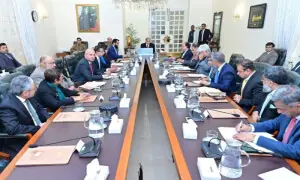
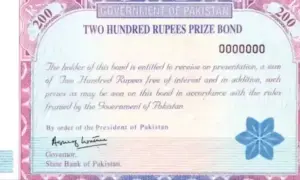

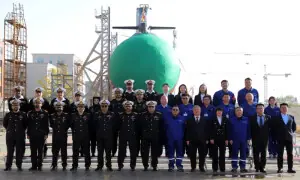
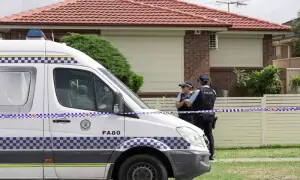

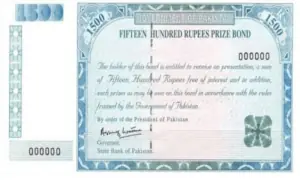

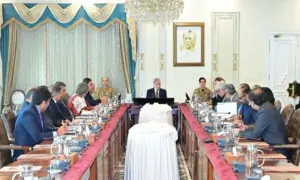

Comments are closed on this story.